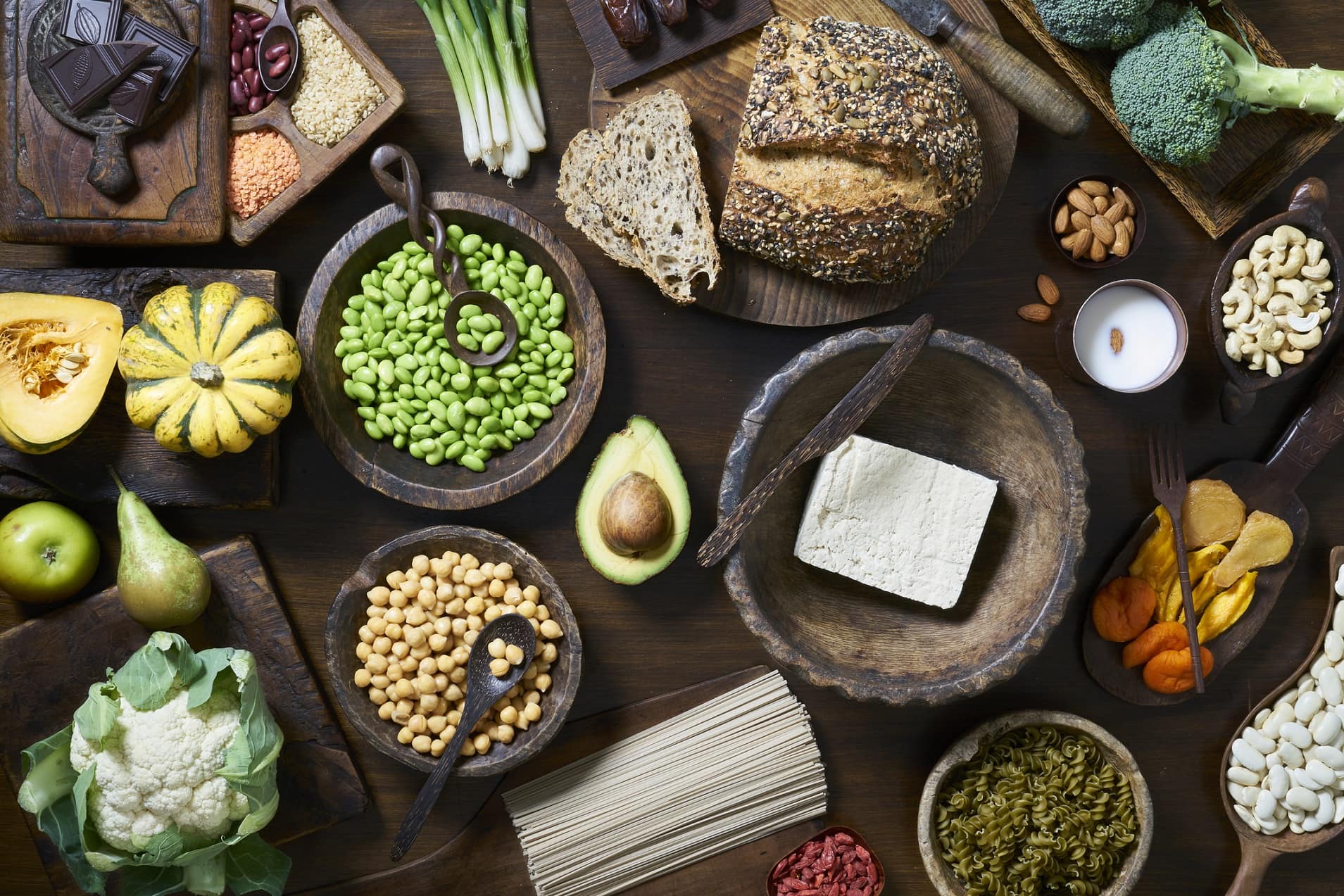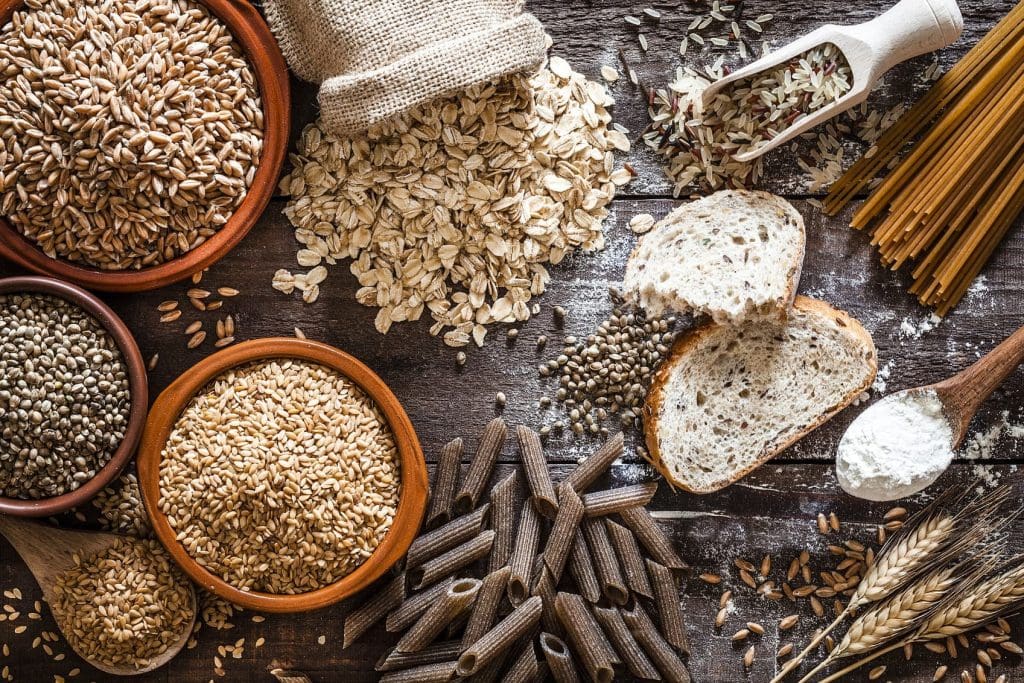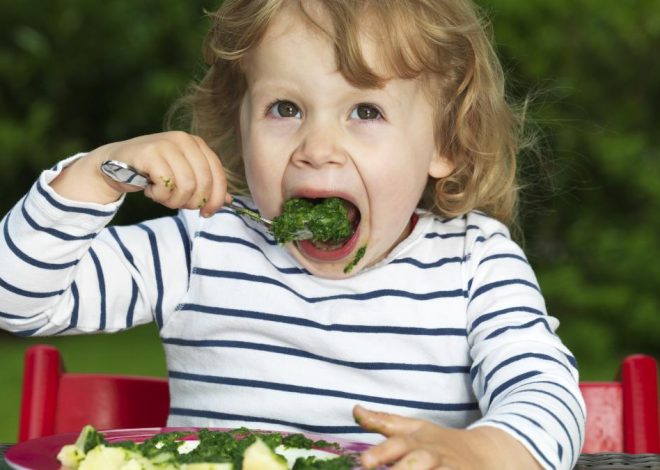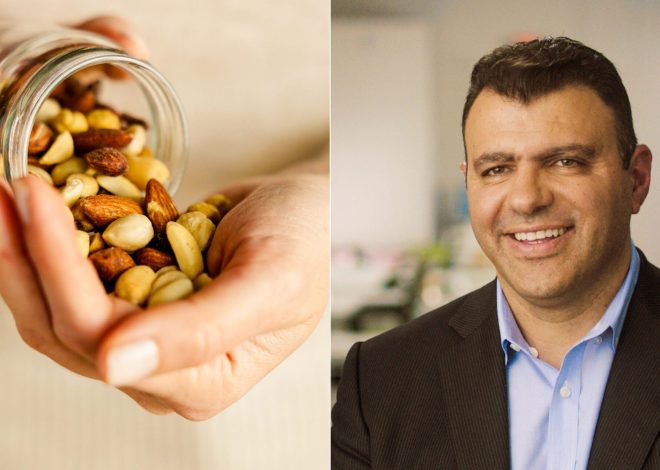
The top 10 foods for a high-fiber diet
It is amazing how much your well-being depends on healthy digestion. Quite a few problems in the body can be traced back to problems in the stomach and intestines. Dietary fiber plays a major role in this because it promotes well-functioning digestion. It is therefore important that you follow a high-fiber diet and integrate high-fiber foods into your daily menu. Find out here which ten top sources of fiber you can rely on.
High-fiber diet: This is what the little powerhouses can do
Because fiber is mostly indigestible and contains hardly any calories, it was considered useless for a long time – just ballast. Today, however, we know that fiber not only has a positive effect on digestion. It also reduces the risk of obesity, high blood pressure and certain heart diseases. According to the German Nutrition Society, the recommended amount of fiber that you should consume per day is around 30 grams. The problem: many people do not consume enough of the important substances. It is not that difficult to maintain a high-fiber diet every day – all you have to do is choose your favorite products from our top 10!
High-fiber diet: These 10 foods are particularly high in fiber
1. Seeds: Perfect for a high-fiber diet
Flax seeds are often used to treat digestive problems because they contain a particularly high amount of fiber. Other seeds, such as chia, psyllium or hemp seeds, provide you with even more fiber and are also a good source of minerals and fatty acids.
This is how much fiber is contained in 100 g of seeds:
2. Legumes: crunchy & full of fibre
They taste best in stews or soups – legumes such as peas and beans. And they are also a great source of fiber – making them perfect for a high-fiber diet. White beans, kidney beans and soybeans are particularly rich in digestive substances.
This is how much fiber is contained in 100 grams of legumes:
- White beans: approx. 24 g
- Kidney beans: approx. 23 g
- Soybeans: approx. 22 g
- Peas: approx. 17 g
- Chickpeas: approx. 16 g
3. Bran: underrated source of fibre
As a byproduct of the milling of grain, bran, i.e. the shell of grains, was long considered waste. Nowadays it is a popular ingredient, especially in muesli, because it contains more fiber than the grain itself – simply add one or two tablespoons to the muesli bowl.
This is how much fibre is contained in 100 g of bran:
- Wheat bran*: approx. 45 g
- Spelt bran: approx. 45 g
- Oat bran: approx. 12 g
4. Whole grain products: so delicious & so rich in fibre
The advantage of whole grain products is clear – they contain the whole grain including the shell. And as already explained, the shell also contains valuable fiber. So try to choose whole grains such as oats, spelt or rye for bread and rolls, rice and pasta, flour and oatmeal to ensure a fiber-rich diet.
This is how much fiber is contained in 100 grams of whole grain products:
- Rye: approx. 14 g
- Spelt: approx. 10 g
- Wheat: approx. 10 g
- Oats: approx. 9 g


5. Dried fruits: insider tip for a high-fiber diet
Many people are already familiar with dried plums as a high-fiber food. But dried fruit such as apricots and figs are also real pros when it comes to providing fiber. And the best thing is that these sweet fruits are a better snack than chocolate or chips. Nevertheless, you shouldn’t eat them too often, as the calorie content of dried fruit is significantly higher than that of fresh fruit.
This is how much fibre is contained in 100 g of dried fruit:
- Plums: approx. 18 g
- Figs: approx. 13 g
- Apricots: approx. 9 g
- Dates: approx. 9 g
6. Nuts: A high-fiber snack for in-between meals


Nuts are a hit with us because of their combination of healthy fats and fiber. For a high-fiber diet, you can simply stir nuts into your cereal in the morning or snack on a few macadamias or almonds in between meals.
This is how much fiber is contained in 100 g of nuts:
- Peanuts: approx. 12 g
- Almonds: approx. 11 g
- Macadamia: approx. 9 g
- Pecan: approx. 9 g
7. Fresh vegetables: an important basis for a high-fiber diet
High vitamin content, lots of minerals and fiber – vegetables are simply unbeatably healthy. The top foods in terms of fiber-rich foods include tubers and roots, cabbage, broccoli and vegetables with a high starch content such as potatoes and sweet potatoes.
This is how much fiber is contained in 100 g of vegetables:
- Black salsify: approx. 18 g
- Jerusalem artichoke: approx. 13 g
- Artichokes: approx. 10 g
- Carrots: approx. 4 g
- Brussels sprouts: approx. 4 g
- Broccoli: approx. 4 g
- Sweet potatoes: approx. 3 g
- Potatoes: approx. 2 g
8. Pseudocereals: More in them than the name suggests
As the name suggests, pseudocereals such as quinoa, buckwheat and amaranth are not real grains. However, that doesn’t make them any less valuable in terms of fiber. Pseudocereals are often used in a similar way to their namesakes, which makes them wonderfully easy to integrate into a high-fiber diet.
This is how much fiber is contained in 100 g of pseudocereals:
- Amaranth: approx. 9 g
- Teff: approx. 8 g
- Quinoa: approx. 7 g
- Buckwheat: approx. 4 g
9. Kernels: Effective sources of fibre
Small but mighty – and rich in fibre! Just like nuts, you can enjoy pumpkin, sunflower or pine nuts with muesli, add them to salads and soups or simply eat them with a slice of bread.
This is how much fibre is contained in 100 g of kernels:
- Pumpkin: approx. 9 g
- Pine: approx. 7 g
- Sunflower: approx. 6 g
10. Fresh fruit: essential for a high-fiber diet
Among fruits, it is mainly berries that provide you with great fiber. Of course, that doesn’t mean that other types of fruit don’t do the same. So how about a delicious fruit salad or a smoothie for your fiber-rich diet?
This is how much fibre is contained in 100 g of fruit:
- Blueberries: approx. 5 g
- Raspberries: approx. 5 g
- Currants: approx. 4 g
- Pears: approx. 3 g
- Bananas: approx. 2 g


As you can see, there are lots of foods that support a high-fiber diet. And that makes it so easy to do something for a balanced fiber intake in everyday life. But there is always some uncertainty when it comes to the right diet. What about the saying “An Apple a Day”, for example? Does an apple a day really save you a trip to the doctor? You will find answers to these and many other questions here. We will also tell you the most popular methods for replacing eggs in cooking and baking. You can find more product information in our cooking school.
By the way: Our recipes are also available in the app – just download it!




*contains affiliate links. FUNKE National Brands Digital GmbH receives a commission when a purchase is made.

Ethel Purdy – Medical Blogger & Pharmacist
Bridging the world of wellness and science, Ethel Purdy is a professional voice in healthcare with a passion for sharing knowledge. At 36, she stands at the confluence of medical expertise and the written word, holding a pharmacy degree acquired under the rigorous education systems of Germany and Estonia.
Her pursuit of medicine was fueled by a desire to understand the intricacies of human health and to contribute to the community’s understanding of it. Transitioning seamlessly into the realm of blogging, Ethel has found a platform to demystify complex medical concepts for the everyday reader.
Ethel’s commitment to the world of medicine extends beyond her professional life into a personal commitment to health and wellness. Her hobbies reflect this dedication, often involving research on the latest medical advances, participating in wellness communities, and exploring the vast and varied dimensions of health.
Join Ethel as she distills her pharmaceutical knowledge into accessible wisdom, fostering an environment where science meets lifestyle and everyone is invited to learn. Whether you’re looking for insights into the latest health trends or trustworthy medical advice, Ethel’s blog is your gateway to the nexus of healthcare and daily living.



